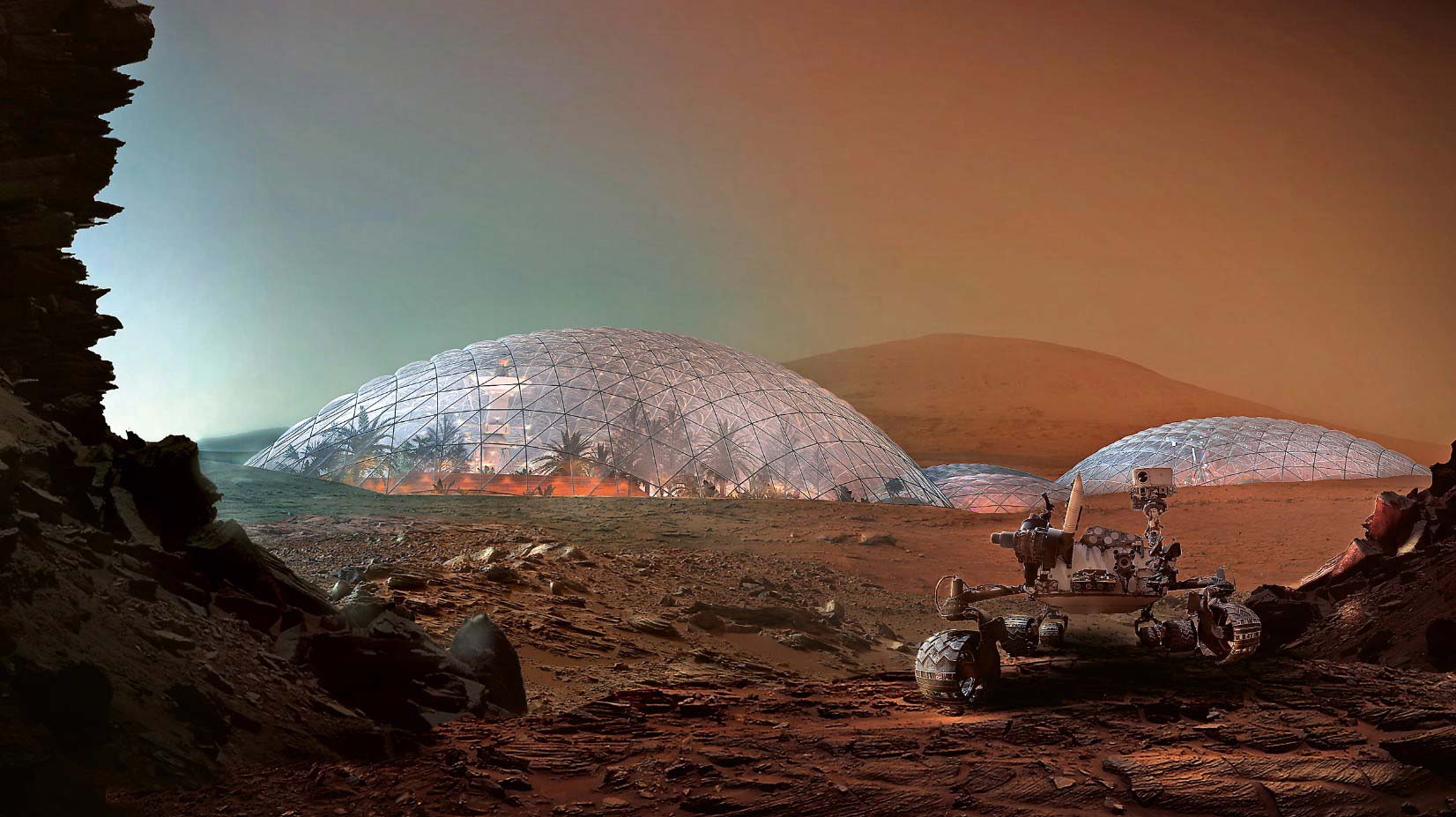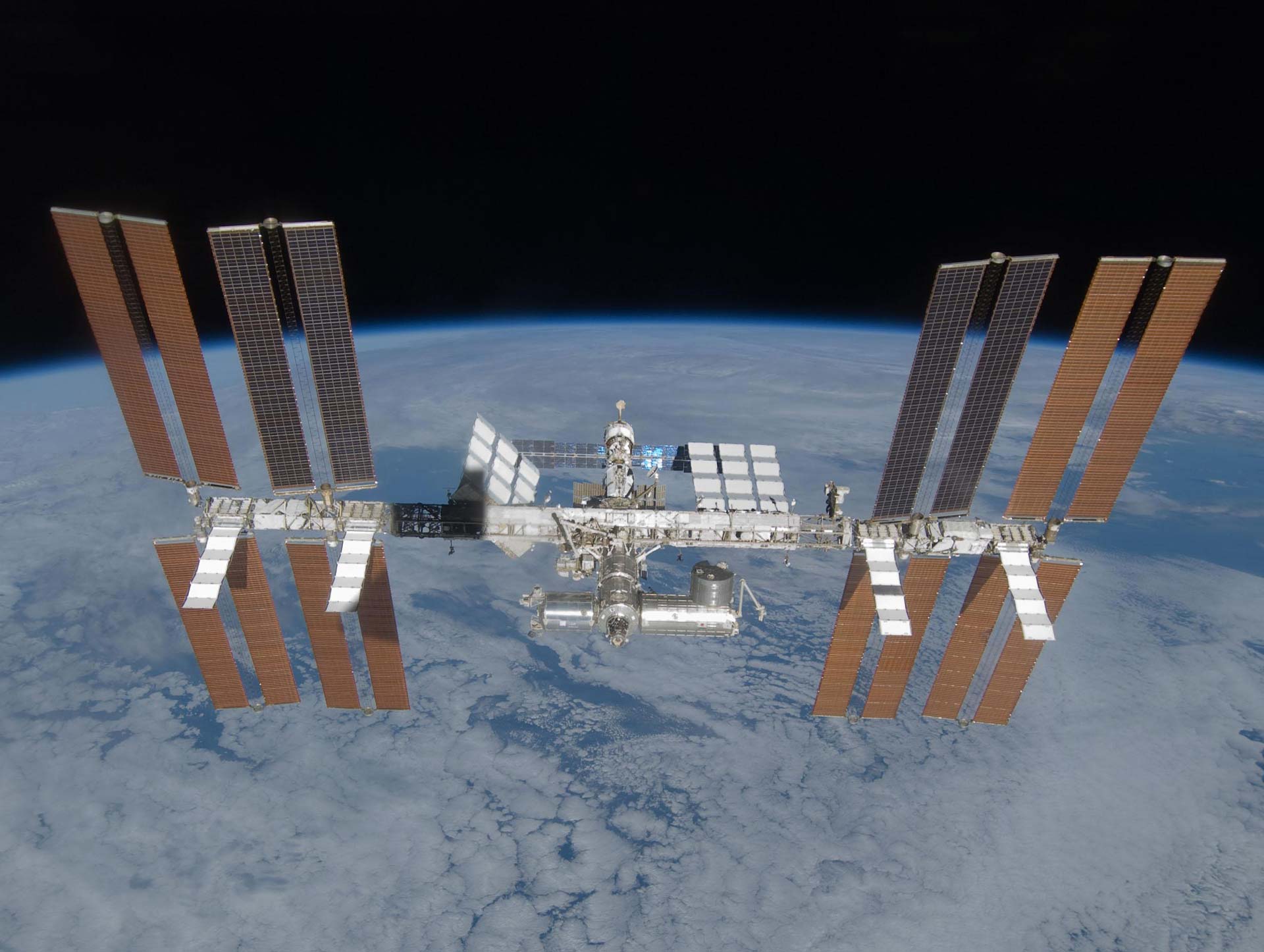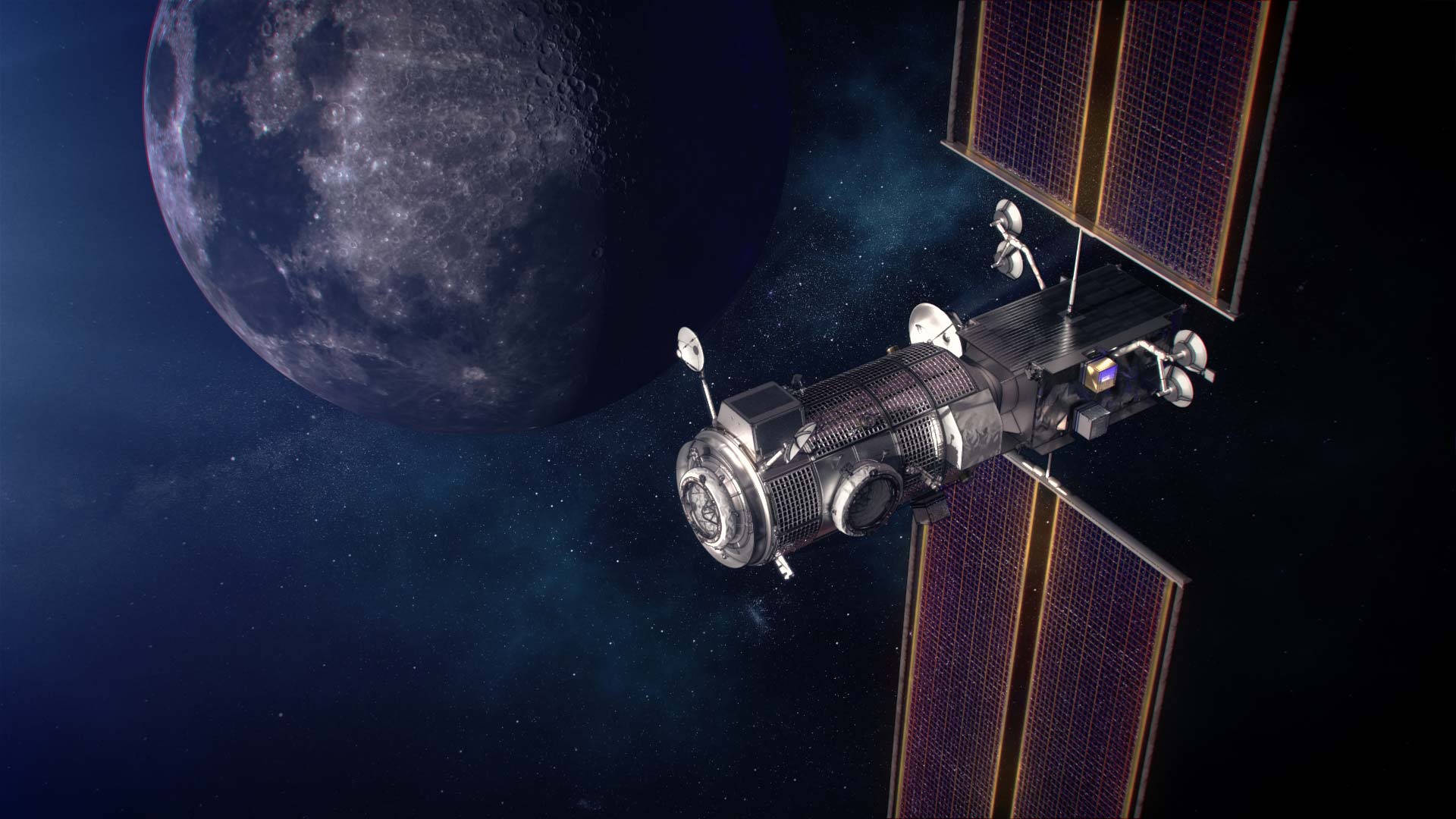In the space age, design and architecture are adapting to new physical and material conditions that do not exist on Earth, as humanity undertakes missions to space stations or imagines future colonies on the Moon or Mars. Microgravity is one of the conditions in these peculiar and challenging environments for architects.
Extraplanetary design and architecture requires a new approach both to the efficient distribution of space and to the solution of risks related to cosmic radiation or micrometeorite impact. However, microgravity also opens the field for innovative architecture that escapes terrestrial constraints. The creation of flexible and multifunctional spaces, adaptable to the changing needs of astronauts, is one example of the requirements to be addressed.
Among the many examples of space architecture is the International Space Station, with its modular design and the water and air recycling systems on which it depends. Or future projects such as the Gateway lunar station, or proposals for inflatable domes for Mars.


With advances towards our future presence and permanence in space, microgravity architecture is becoming an exciting and challenging field. It combines creativity, technology and the search for innovative solutions that will enable humanity to live in conditions of well-being in the far reaches of the universe.
By Juan Guardiola Cutillas, Senior Architect in the Architecture Department of Amusement Logic






